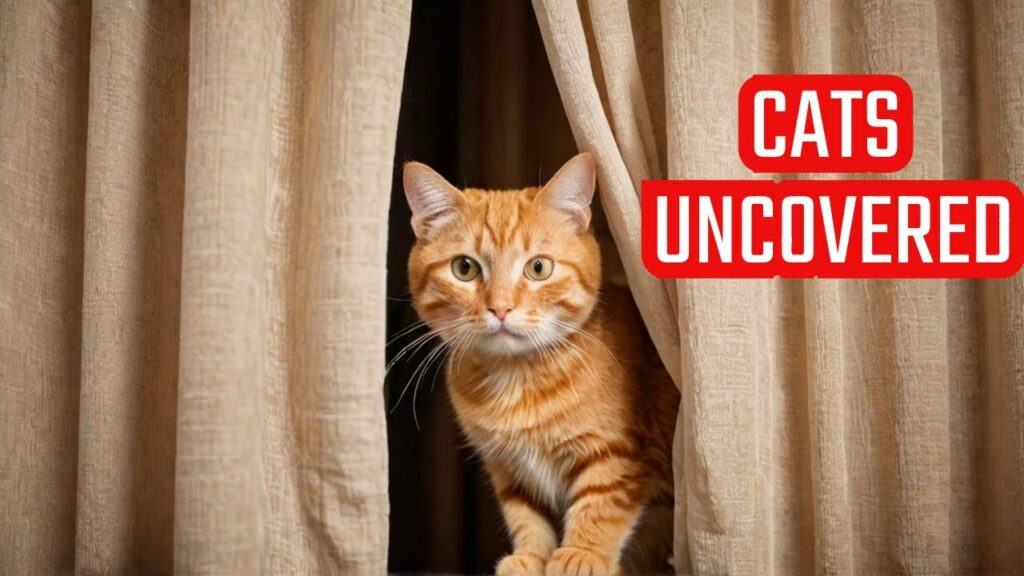Cats have a unique reputation as independent creatures, and while this is true in many ways, it’s a common misconception that their independence means they are aloof or don’t need affection. The reality is much more complex, as cats are both self-sufficient and capable of forming deep, loving bonds with their human companions.
The Independent Nature of Cats
A cat’s independence stems from their history and innate behaviors. Unlike dogs, which are pack animals, wild felines are solitary hunters. This history has led to domesticated cats being more self-reliant. They are often content to entertain themselves and can handle being left alone for longer periods than many dogs. Their independence is also reflected in their ability to “domesticate themselves” thousands of years ago, when they began to live alongside humans for mutual benefit, primarily to hunt rodents.
This independence is not a sign of indifference. It’s an ingrained trait that makes them remarkably adaptable and resourceful. They enjoy having a routine and a sense of control over their environment, which is why changes can be stressful for them.
The Myth of the Aloof Cat
While cats may not be as overtly expressive as some dogs, they are far from being emotionally distant. They form strong bonds with their owners and show affection in a variety of subtle ways, including:
- Purring and Kneading: These are classic signs of contentment and pleasure. Kneading, in particular, is a behavior cats learn as kittens to stimulate milk production, and they carry it into adulthood as a sign of comfort and happiness.
- Slow Blinks: A slow blink is often referred to as a “cat kiss.” It’s a sign of trust and affection, as it shows they are comfortable enough to close their eyes around you.
- Head Bunting and Rubbing: When a cat rubs their head or body against you, they are spreading their scent, which marks you as part of their social group.
- Following You Around: A cat that follows you from room to room or greets you at the door is showing that they enjoy your company and see you as a source of safety and security.
Scientific studies have even shown that cats can form secure attachments to their owners, similar to the bond between human infants and their caregivers.
Building a Strong Bond with Your Cat
To nurture the loving side of your cat’s personality, it’s important to respect their independent nature and communicate on their terms.
- Let Them Take the Lead: Don’t force interaction. Let your cat come to you when they are ready for attention. Forcing a cat to cuddle or be held can cause them to feel stressed and can damage your bond.
- Use Positive Reinforcement: Reward desirable behaviors with treats, praise, or gentle petting. This creates a positive association with you and reinforces their trust.
- Engage in Interactive Play: Play is a powerful tool for bonding. It mimics their natural hunting instincts and provides mental and physical stimulation. Wand toys, laser pointers, and puzzle feeders are great for this.
- Establish a Routine: Cats thrive on routine. Consistent feeding times, play sessions, and quiet time help them feel secure and comfortable in their environment, which in turn makes them more receptive to interaction.
- Learn Their Body Language: Understanding your cat’s signals is key. Paying attention to their tail movements, ear positions, and vocalizations will help you know when they want affection and when they need space.
Ultimately, the bond you have with your cat is a product of mutual respect and understanding. By appreciating their independent spirit while also recognizing their need for love and affection, you can build a strong, lasting relationship with your feline friend.
